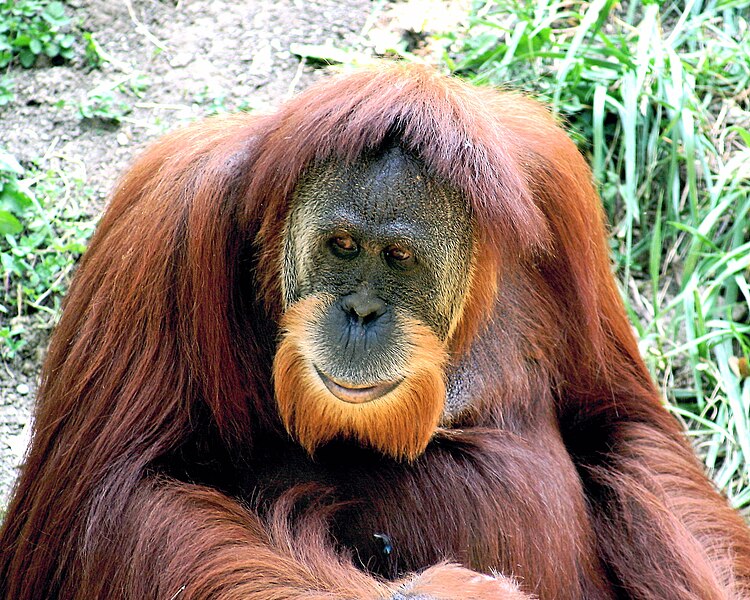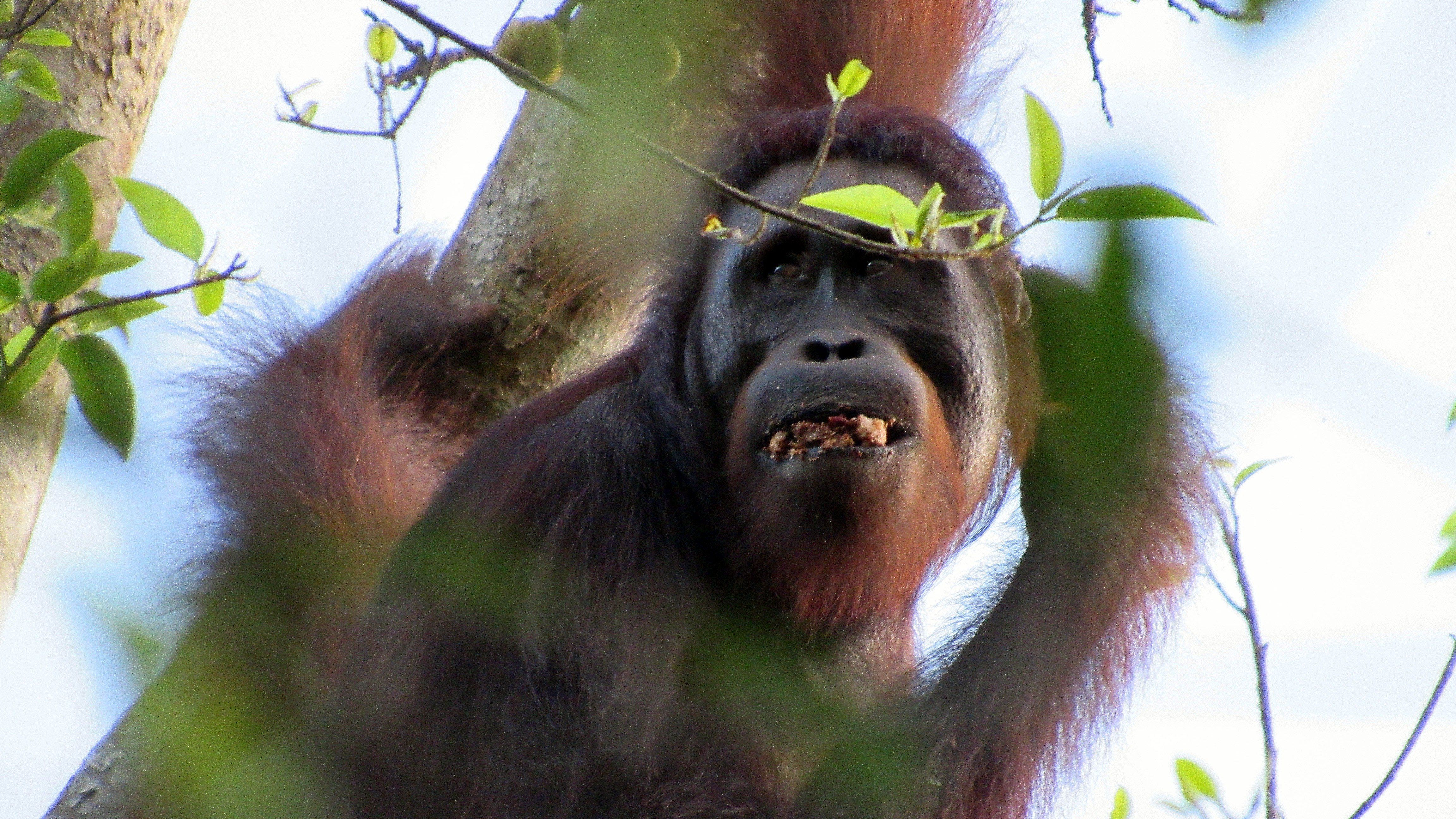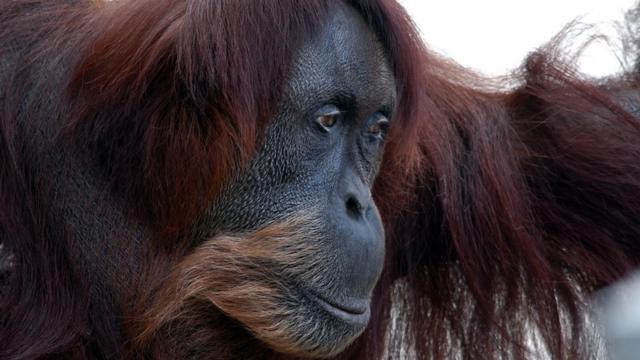The Majestic Orangutan: Guardians of the Rainforest
The Majestic Orangutan: Guardians of the Rainforest
Introduction
Orangutans, known scientifically as Pongo, are among the most iconic and critically endangered great apes native to the rainforests of Southeast Asia. Renowned for their intelligence, arboreal lifestyle, and gentle demeanor, orangutans play vital ecological roles as seed dispersers and indicators of forest health. In this comprehensive article, we explore the fascinating world of orangutans, examining their biology, behavior, conservation status, cultural significance, and the challenges they face in the modern world.
Evolution and Taxonomy
Orangutans belong to the family Hominidae, which includes humans, chimpanzees, gorillas, and bonobos. They are further classified into three species: the Bornean orangutan (Pongo pygmaeus), the Sumatran orangutan (Pongo abelii), and the recently identified Tapanuli orangutan (Pongo tapanuliensis), which inhabits the Batang Toru ecosystem in Sumatra.
Anatomy and Physiology
Orangutans are large-bodied primates with shaggy reddish-brown fur, long arms, and distinctive cheek pads in males. They possess remarkable strength and dexterity, enabling them to navigate the forest canopy with ease. Orangutans are primarily frugivorous, with fruits comprising the bulk of their diet, supplemented by leaves, bark, insects, and occasionally small vertebrates.
Internally, orangutans have complex digestive systems adapted to process fibrous plant materials efficiently. Their reproductive biology is characterized by long interbirth intervals and extended maternal care, with females typically giving birth to a single offspring every 6 to 9 years.
Behavior and Ecology
Orangutans are solitary animals for most of their lives, with adult males exhibiting more solitary tendencies than females and juveniles. Their arboreal lifestyle is well-suited to the dense rainforest canopy, where they build elaborate nests from branches and foliage for resting and sleeping. Orangutans are renowned for their tool-using abilities, employing sticks, leaves, and other objects for various purposes such as foraging and communication.
As keystone species in tropical rainforests, orangutans play crucial roles in seed dispersal and forest regeneration. Their feeding habits and movement patterns contribute to the maintenance of biodiversity and ecosystem stability in their habitats.
Conservation Status
Orangutans face severe threats to their survival due to habitat loss, fragmentation, illegal logging, poaching, and human-wildlife conflict. Both Bornean and Sumatran orangutans are classified as critically endangered by the International Union for Conservation of Nature (IUCN), with the Tapanuli orangutan facing even greater peril due to its small population size and restricted range.
Conservation efforts aimed at protecting orangutans and their habitats involve a combination of strategies, including habitat restoration, anti-poaching measures, community engagement, and sustainable land-use practices. Conservation organizations work closely with local communities, governments, and international partners to safeguard orangutans and promote coexistence between humans and wildlife..jpg?auto=compress%2Cformat&w=1200)
Cultural Significance
Orangutans hold profound cultural significance in the indigenous traditions of Southeast Asia, where they are revered as symbols of wisdom, strength, and ancestral connections. They feature prominently in folklore, art, and spiritual beliefs, embodying human-like qualities and fostering reverence for nature among indigenous communities.
Research and Education
Orangutans serve as important subjects for scientific research aimed at understanding primate cognition, behavior, and conservation biology. Field studies conducted in their natural habitats provide valuable insights into their social dynamics, communication systems, and ecological interactions. Furthermore, orangutans inspire public fascination and serve as ambassadors for wildlife conservation through educational programs, ecotourism initiatives, and media campaigns.
Conclusion
In conclusion, orangutans are remarkable creatures with a profound impact on the ecological and cultural landscapes of Southeast Asia. As guardians of the rainforest, they embody the interconnectedness of all living beings and the importance of preserving biodiversity for future generations. By prioritizing conservation efforts and fostering sustainable coexistence between humans and orangutans, we can ensure the continued survival of these majestic great apes and the ecosystems they inhabit.
Kaynakça
- ^ "Pongo". paleobiodb.org. 29 Eylül 2021 tarihinde kaynağından arşivlendi. Erişim tarihi: 29 Eylül 2021.
- ^ "Orangutan Genome Sequenced". National Institutes of Health (NIH) (İngilizce). 22 Mayıs 2015. 5 Ocak 2016 tarihinde kaynağından arşivlendi. Erişim tarihi: 29 Eylül 2021.









































